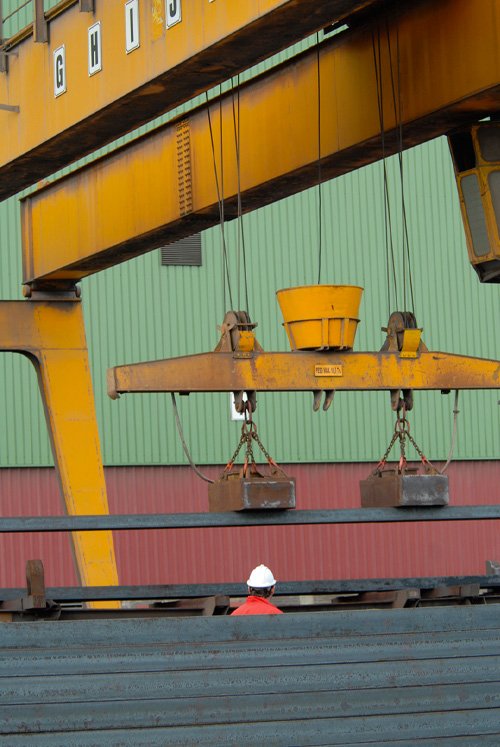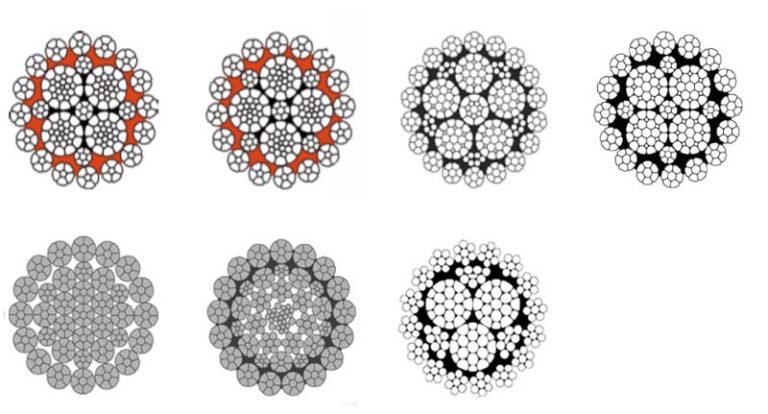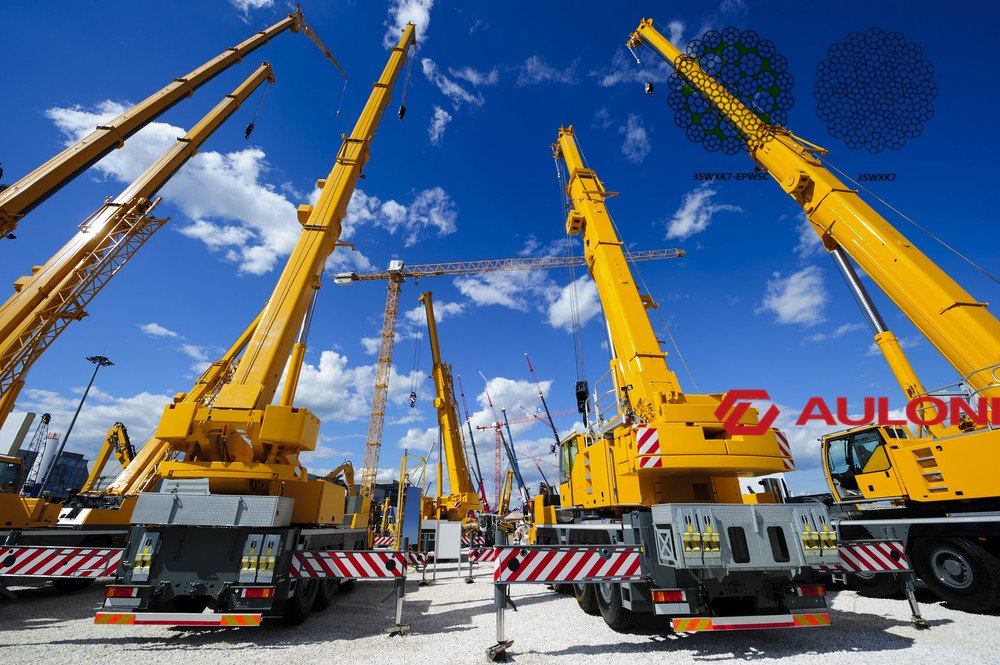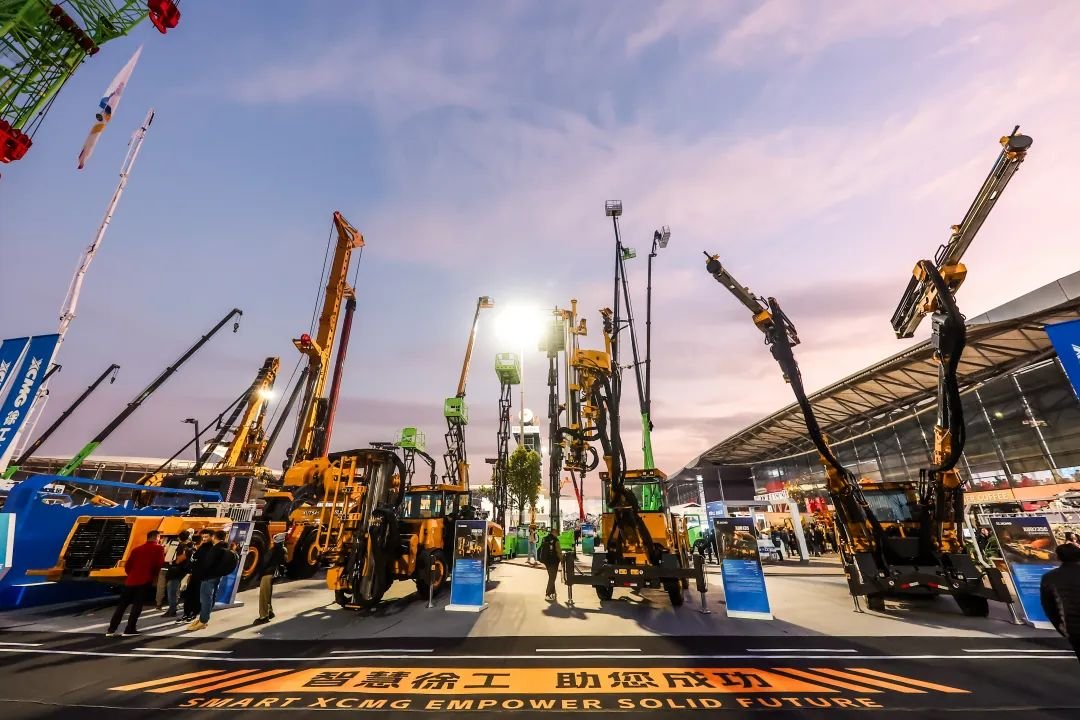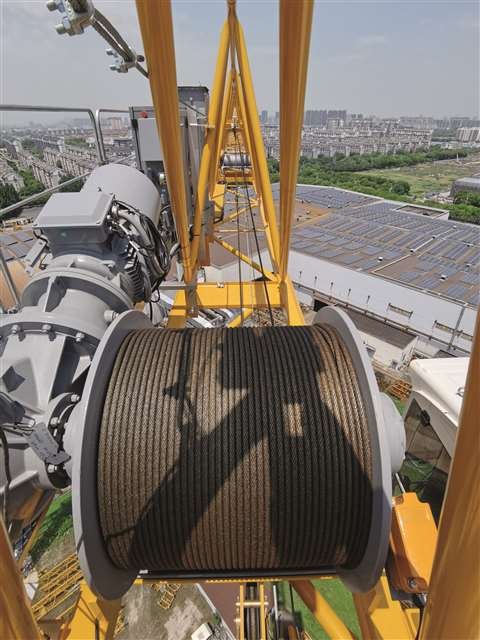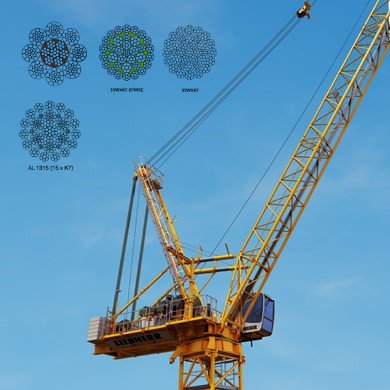
Are you an industrial buyer looking for durable wire ropes? Do you worry about product quality and certification? My factory, Aulone, understands these concerns.
Wire rope is made by twisting individual wires into strands and then twisting these strands around a core. This process creates a strong, flexible product for many uses.
I have seen many changes in the industrial world. One constant is the need for reliable materials. Let me share how we ensure our wire ropes meet high standards.
What are the Main Components of Wire Rope?
Do you know what makes a wire rope strong? Understanding its parts is key. It helps you choose the right rope for your needs.
Wire rope key parts are wires, strands, and a core. Wires form strands. Strands wrap around a core. This design gives the rope strength and flexibility.
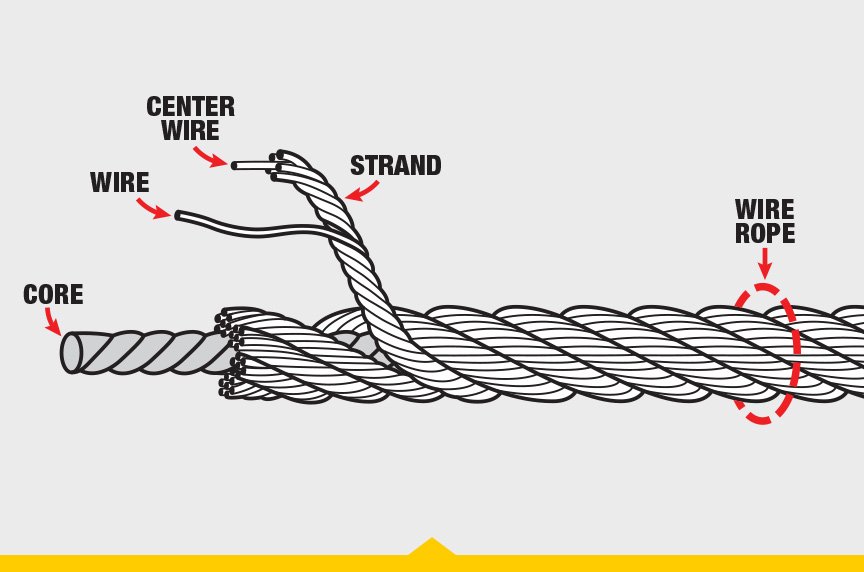
Dive Deeper: Components Explained
Each part of a wire rope plays a specific role. I will explain each part in detail. It will help you see why quality in each step matters.
Wires
Wires are the basic building blocks. They are typically made from high carbon steel. We also use stainless steel for specific needs. The wire’s diameter affects the rope’s flexibility and strength. Thinner wires make a more flexible rope. Thicker wires make a stiffer, stronger rope. Each wire must have high tensile strength. This ensures the rope can handle heavy loads.
Strands
Strands are groups of wires. Wires are twisted together to form a strand. The number of wires in a strand varies. Common strand constructions include 7, 19, or 37 wires. The way these wires are twisted also matters. This twist affects the rope’s fatigue resistance. Good strand formation prevents premature wear.
Core
The core is the backbone of the wire rope. It provides support to the strands. It keeps the strands in place. There are two main types of cores:
- Fiber Core (FC): This core is made from natural or synthetic fibers. It offers good flexibility. It also holds lubricants well. Fiber cores are good for general purpose applications.
- Steel Core (SC): Steel cores come in two forms:
- Independent Wire Rope Core (IWRC): This is a small wire rope itself. It means more steel. It gives greater strength and crush resistance.
- Strand Core (WSC/PC): This is a single strand of wire. It gives more strength than a fiber core.
The core type chosen depends on the rope’s intended use. Heavy lifting requires a steel core. Lighter tasks might use a fiber core.
What is the Wire Rope Manufacturing Process?
Are you curious about how raw materials become strong wire ropes? The making process is precise. It involves several key steps.
The manufacturing process includes wire drawing, stranding, and closing. Each step builds on the last. It transforms raw wire into a complete wire rope.

Dive Deeper: Steps in Manufacturing
My factory has four production lines. We follow a strict process. This ensures every wire rope we make meets high standards.
Wire Drawing
This is the first step. Steel rods are pulled through a series of dies. This reduces their diameter. It makes them into wire. This process increases the wire’s tensile strength. It also makes the wire more uniform. We control this step tightly. It ensures consistency in our raw materials.
Stranding
Next, wires are twisted into strands. We use special machines for this. These machines are called stranders. The wires are twisted in a precise pattern. This forms a compact, stable strand. The direction of the twist is important. It affects the rope’s properties. We use different lay types, such as regular lay or lang lay. This depends on the rope’s final use.
Laying (Closing)
This is the final stage. The strands are twisted around the core. This forms the complete wire rope. We use a ‘closer’ machine for this. The strands are laid evenly. This ensures even load distribution. It also prevents early wear. Proper laying creates a balanced rope. A balanced rope is less likely to kink or rotate.
Finishing Treatments
After laying, ropes can get extra treatments. These treatments improve performance.
- Lubrication: We apply lubricant during manufacture. This reduces internal friction. It protects against corrosion.
- Galvanization: Some wires are galvanized. This adds a zinc coating. It improves corrosion resistance. This is common for marine wire rope.
- Plastic Impregnation: We can infuse a plastic material into the rope. This fills the spaces between wires and strands. It offers better protection against wear and corrosion. It also stabilizes the core.
From raw material to finished product, every step is vital. This ensures our wire ropes are high quality. They meet the toughest demands.
How Do We Ensure Wire Rope Quality?
Quality is not just a word for us. It is a promise. Do you need wire ropes that perform under pressure? We focus on specific standards.
We ensure wire rope quality through strict compliance with EN12385-4, robust material testing, and certifications. We also offer customization to meet client needs.
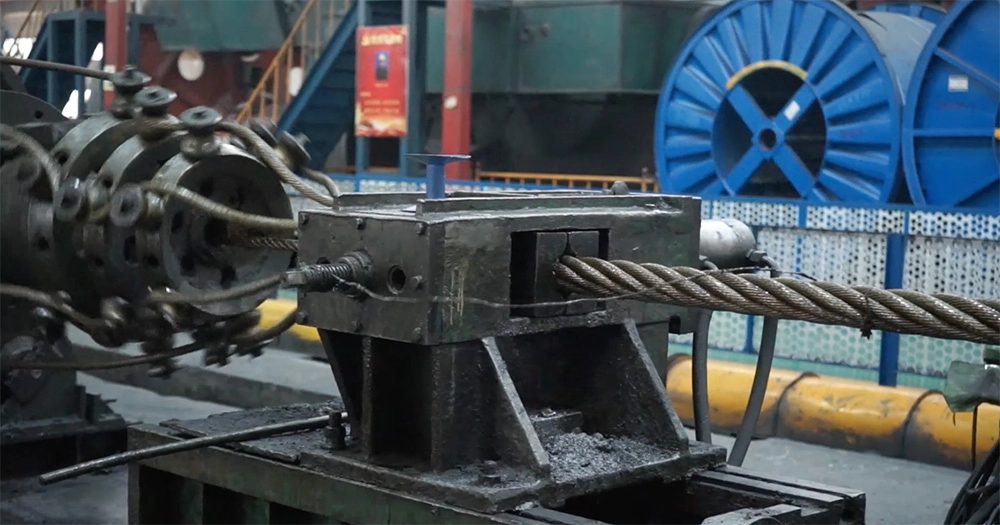
Dive Deeper: Our Quality Assurance
Our factory sends wire ropes to many countries. These include Singapore, Vietnam, and Russia. Our customers, like Maksim, demand high quality. We work hard to meet their needs.
Compliance with Standards
We make sure our wire ropes follow EN12385-4. This is a very important standard. It sets rules for wire rope safety. We also follow other standards as required by clients.
Material and Product Testing
We test our wires and ropes. We check tensile strength. We measure breaking load. This ensures the rope can handle its rated capacity. We also do fatigue tests. This shows how long the rope will last. Strict testing means reliable products.
Certifications
We provide certifications if clients need them. These include:
- BV (Bureau Veritas): This is a global leader in testing and certification.
- CE Mark: This shows conformity with European safety standards.
- RSRM Certificate: This is important for specific applications.
These certificates give our customers confidence. They know our products are tested and approved.
Customization and Support
We understand that every project is different. We offer customizable options. You can ask for a specific logo. We can also provide ropes with specialized assemblies. Our team works with you to understand your needs. We want to be your reliable partner.
Conclusion
Wire rope making involves precise steps and strong quality control. My company, Aulone, produces high-quality, high-strength wire ropes from China. We meet global standards and aim to be your trusted supplier.

